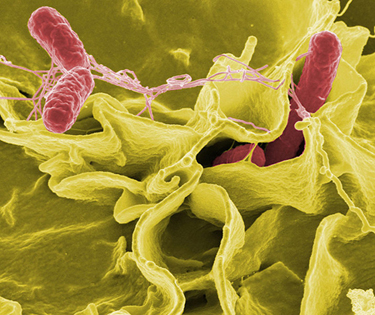| << Chapter < Page | Chapter >> Page > |
Solution
(1) Calculate the volume of a stack of 100 bills. The dimensions of a single bill are approximately 3 in. by 6 in. A stack of 100 of these is about 0.5 in. thick. So the total volume of a stack of 100 bills is:
(2) Calculate the number of stacks. Note that a trillion dollars is equal to and a stack of one-hundred bills is equal to or . The number of stacks you will have is:
(3) Calculate the area of a football field in square inches. The area of a football field is which gives Because we are working in inches, we need to convert square yards to square inches:
This conversion gives us for the area of the field. (Note that we are using only one significant figure in these calculations.)
(4) Calculate the total volume of the bills. The volume of all the -bill stacks is
(5) Calculate the height. To determine the height of the bills, use the equation:
The height of the money will be about 100 in. high. Converting this value to feet gives
Discussion
The final approximate value is much higher than the early estimate of 3 in., but the other early estimate of 10 ft (120 in.) was roughly correct. How did the approximation measure up to your first guess? What can this exercise tell you in terms of rough “guesstimates” versus carefully calculated approximations?
Using mental math and your understanding of fundamental units, approximate the area of a regulation basketball court. Describe the process you used to arrive at your final approximation.
An average male is about two meters tall. It would take approximately 15 men laid out end to end to cover the length, and about 7 to cover the width. That gives an approximate area of .
Scientists often approximate the values of quantities to perform calculations and analyze systems.
How many heartbeats are there in a lifetime?
Sample answer: heartbeats
A generation is about one-third of a lifetime. Approximately how many generations have passed since the year 0 AD?
How many times longer than the mean life of an extremely unstable atomic nucleus is the lifetime of a human? (Hint: The lifetime of an unstable atomic nucleus is on the order of .)
Sample answer: if an average human lifetime is taken to be about 70 years.
Calculate the approximate number of atoms in a bacterium. Assume that the average mass of an atom in the bacterium is ten times the mass of a hydrogen atom. (Hint: The mass of a hydrogen atom is on the order of and the mass of a bacterium is on the order of )

Approximately how many atoms thick is a cell membrane, assuming all atoms there average about twice the size of a hydrogen atom?
Sample answer: 50 atoms
(a) What fraction of Earth’s diameter is the greatest ocean depth? (b) The greatest mountain height?
(a) Calculate the number of cells in a hummingbird assuming the mass of an average cell is ten times the mass of a bacterium. (b) Making the same assumption, how many cells are there in a human?
Sample answers:
(a) cells/hummingbird
(b) cells/human
Assuming one nerve impulse must end before another can begin, what is the maximum firing rate of a nerve in impulses per second?

Notification Switch
Would you like to follow the 'College physics' conversation and receive update notifications?